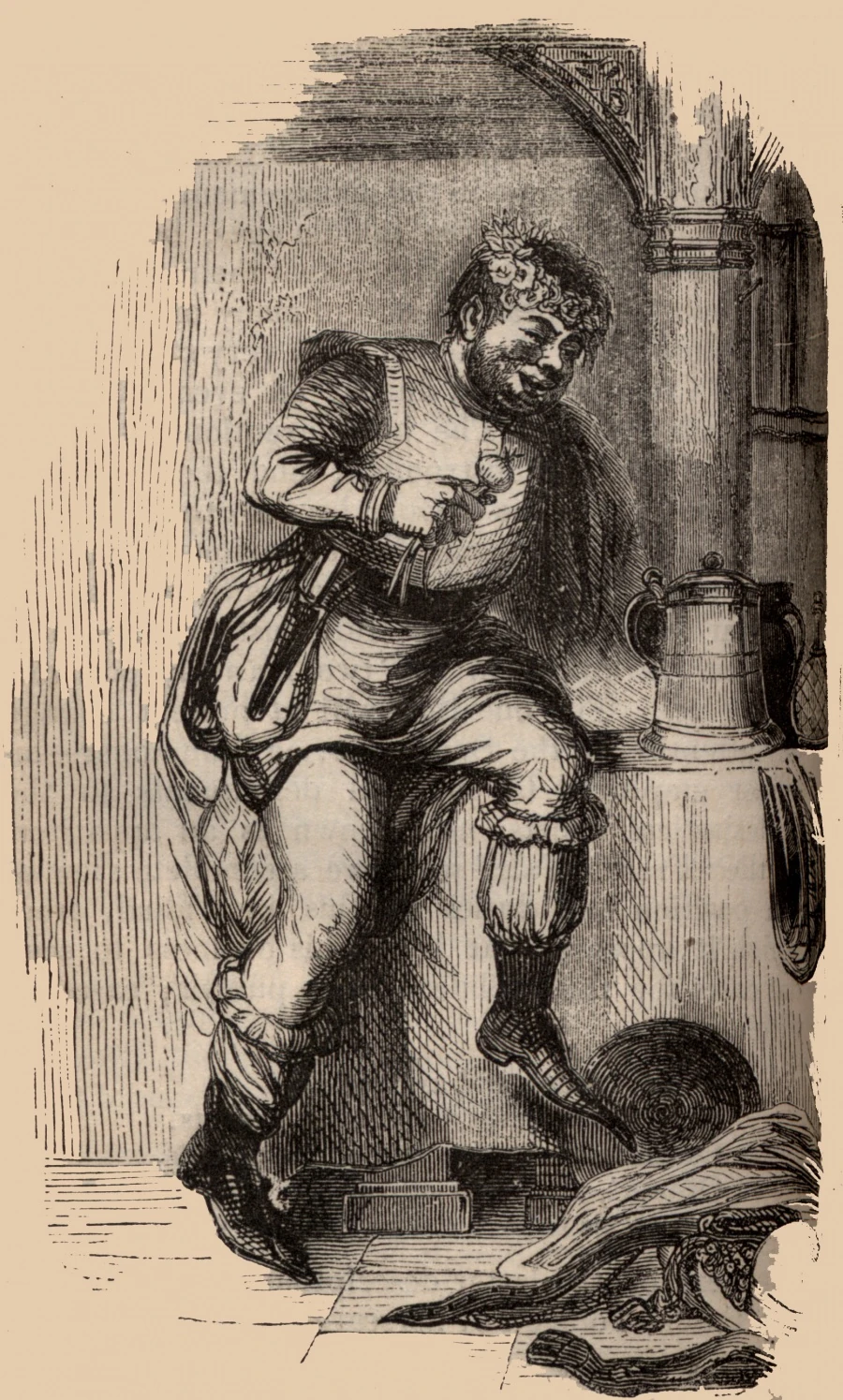This semester we read several literary works that connect to Gender, Religion, and Disability.
In Geoffrey Chaucer's The Canterbury Tales, religion is a prominent theme, especially in "The Prioress' Tale."
In "The Prioress' Tale," there are traces of anti-Semitism by the way that Jews are treated in the tale. The Prioress specifically is classified as having a negative attitude towards Jewish people. She is labeled as being anti-Semitic by the way that she talks about the Jews. Critics such as Denise Despres say that, "the Prioress' virulent brand of anti-Judaism." She is labeled as being anti-Semitic because of the way that she tells her tale.
 |
The Prioress in Geoffrey Chaucer's "The Prioress' Tale."
|
"The Prioress' Tale," serves as evidence of the existence of anti-Semitic ideas for a long time in history. The tale is compared to events in history such as the Holocaust during World War II. Critics such as Greg Wilsbacher claim that, "'The Prioress' Tale' is ruined by the similarity between...some of the anti-Semitic propaganda whiich was current in Nazi Germany, and which is still in operation, not only in numerous foreign countries but also here at home." He compares "The Prioress' Tale" to the propaganda that was used during World War II. The propaganda that was used contained anti-Semitic ideas just like in Chaucer's "The Prioress' Tale." This shows that the idea of anti-Semitism has existed throughout history. During the time of the Holocaust, Jews were treated similarly to how they are treated in the tale. In both situations, Jews were persecuted and killed for their religion.

